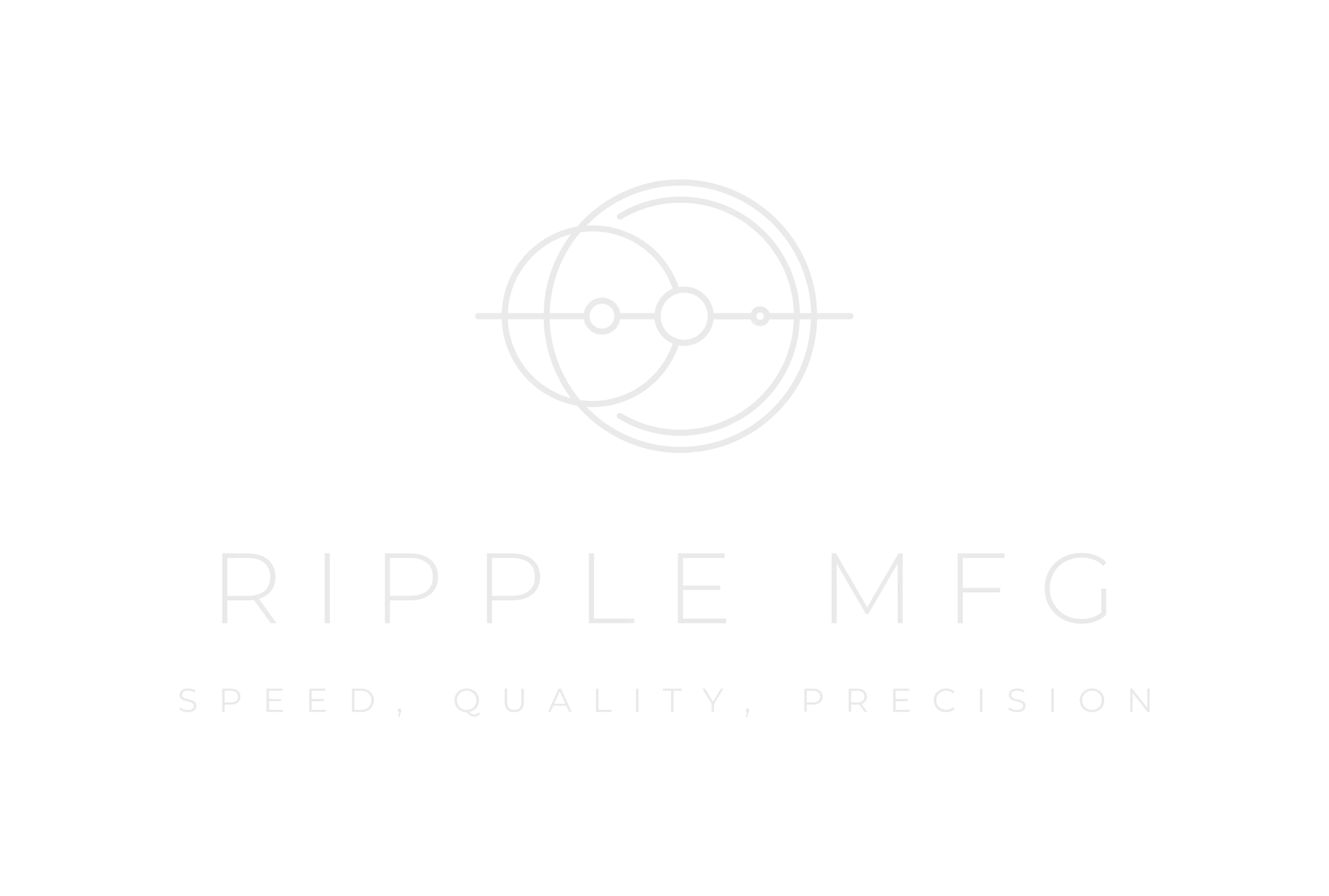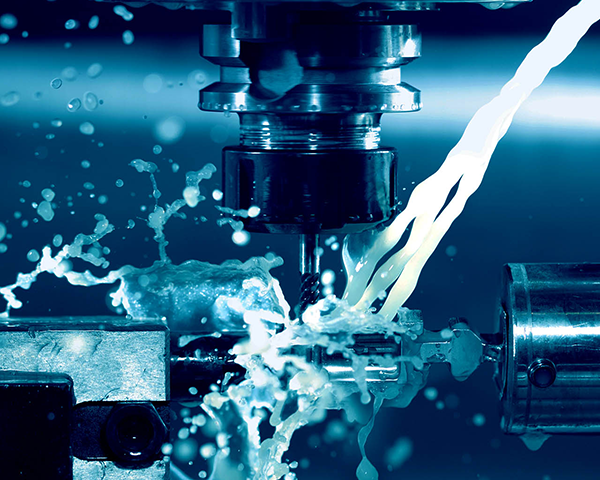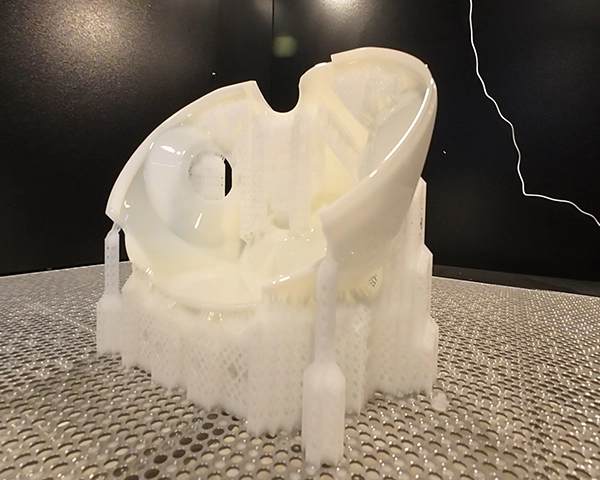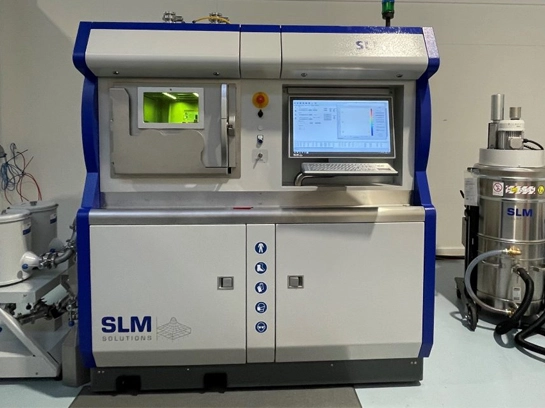Polyurethane resin is a versatile material used to produce various plastic products. Its applications are diverse because it can produce both flexible, almost rubber-like products, and rigid plastics.
What Are Cast Urethane prototypes?
Cast urethane prototypes, or vacuum casting, are a technology used for manufacturing short-term, small batch products such as custom models or movie props. This process requires pouring polyurethane into a mold and allowing it to harden. Polyurethane casting prototypes are an excellent and cost-effective way to produce high-quality parts and entire models. It is particularly useful for complex designs because it can quickly produce polished surfaces at a lower cost than other methods.
Steps in the Cast Urethane Prototypes Process by Ripple MFG
Cast urethane prototypes are a manufacturing process that involves pouring liquid polyurethane into a mold to create solid plastic parts. This process is typically used to create prototypes, low-volume production, and replacement parts for existing products. Here are the steps involved in the cast urethane molding process:
Design Model
A model can be created through machining, or other processing methods depending on the nature of the design. This masterpiece will be used to make the mold in the subsequent steps.
Create Mold
The mold for cast urethane prototypes can be made of metal, silicone, or even wood, but in the rapid prototyping industry, silicone is the most common material. Liquid silicone is poured into a box, and the masterpiece is placed inside the box. The silicone is then cured and turns from liquid to solid. The solid silicone is then cut in half, and the masterpiece is removed. The cavity in the silicone mold now has exactly the same shape as the masterpiece.
Mix and Pour Polyurethane
Before each casting, the mold cavity surface is coated with a release agent to avoid sticking to the polyurethane.
Polyurethane materials are two separate liquids that must be mixed together in the correct ratio. If any color is needed, the tint should also be mixed into the liquid. Once the materials are mixed, a chemical reaction starts that transforms them into a solid. This is called curing, or more fancily, room temperature vulcanization. The curing process can last from a few minutes to several hours, depending on the specific type of polyurethane used. The mixed polyurethane resin is then poured into the mold cavity.
Vacuum Chamber
Bubbles will inevitably be produced in the polyurethane during mixing. These bubbles can affect the strength and appearance of the final product. They must be removed. This is done by placing the mold in a vacuum chamber, where the low pressure around the mold causes the bubbles to rise out of the liquid. This is why the cast urethane prototypes process is also called vacuum casting.
Demolding the Part
Once the part has cured in the mold cavity, it can be removed from the mold. Usually, this just means opening the two halves of the mold and taking out the product. But if the product or mold is complex, this step can sometimes be challenging. Once the gates and risers are cut away from the part, a perfect replica of the masterpiece’s shape is produced.
Finishing the Part
After removing the part from the mold, it may need to be polished or painted to achieve the desired look and feel.
Silicone molds can be used for around 12 to 20 castings before they need to be replaced. In cast urethane prototypes, the chemical degradation caused by exposure to the resin causes the silicone to harden and eventually break down.
- Speeding Up Style: Custom Rapid Prototyping in Fashion DesignNovember 23, 2023Fashion is an ever-evolving industry that thrives on innovation and creativity. It is an art form that allows individuals to express their unique personalities and showcases the latest trends. In rece...view
- The Future of Manufacturing: Urethane Casting Services in a Dynamic IndustryJanuary 5, 2024In the ever-evolving landscape of manufacturing, where precision, flexibility, and speed are paramount, the future is being shaped by innovative technologies like urethane casting services. This dynam...view
- Sculpting the Future: 4 Axis CNC Machining Suppliers for Artistic CreationsNovember 23, 2023Art and technology converge in a symphony of precision, giving rise to a new era in creative expression. As artists push the boundaries of their craft, the collaboration with cutting-edge technology b...view
- Latest Trends in Precision Tool ManufacturingMarch 19, 2024As technology continues to advance, the field of precision tool manufacturing is witnessing an impressive array of recent trends. These trends not only drive the rapid development of the manufacturing...view
- Custom Prototyping Services: The Key Bridge of Product DevelopmentJune 14, 2024In the journey of product development, prototyping occupies a crucial position. It is not only a bridge between design and actual manufacturing but also the first step in turning creativity into reali...view
- Precise Tool and Manufacturing Technology: The Precise Force Driving Industrial ProgressSeptember 18, 2024The Importance of Precise Tool and Manufacturing TechnologyIn modern industry, the application of precise tool and manufacturing is becoming increasingly widespread. They are not only a symbol of tech...view



_20250123.webp)
